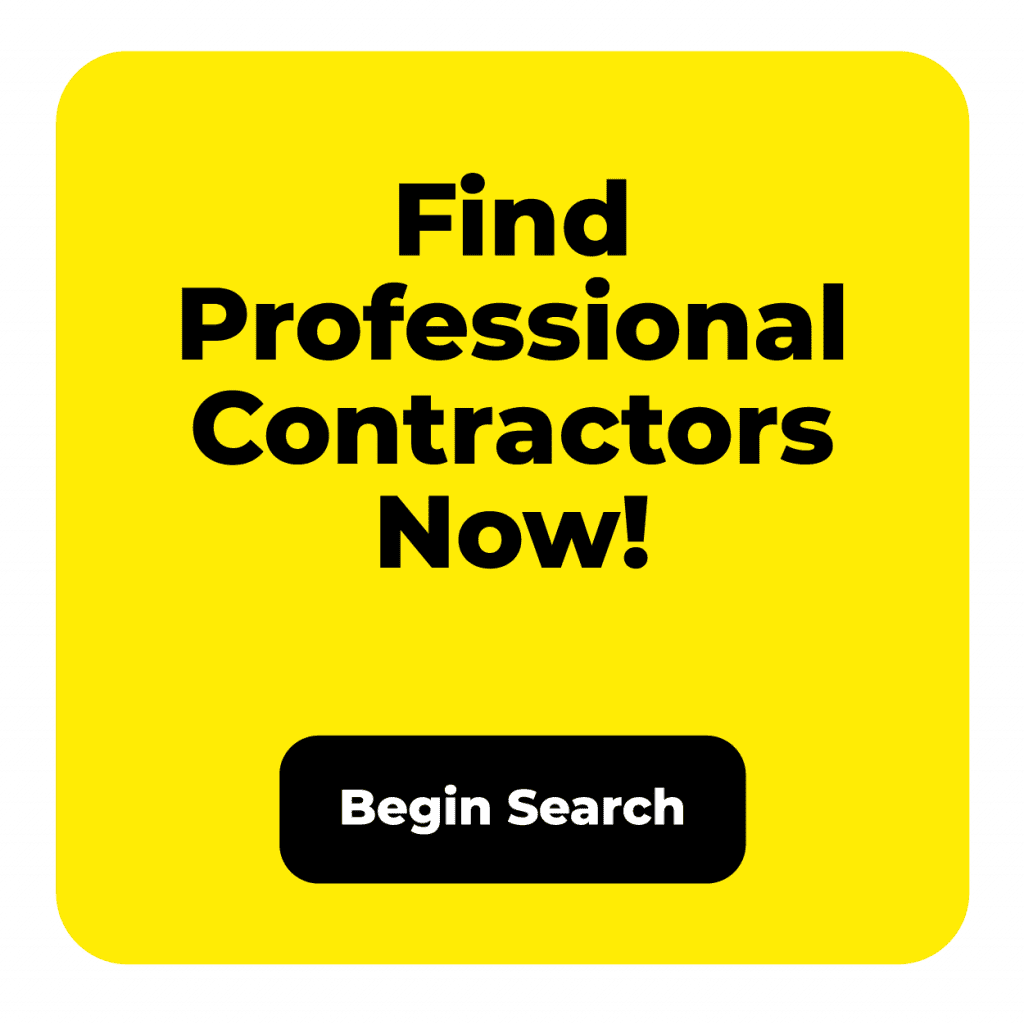
In the competitive world of outdoor living and hardscaping, accurate and efficient estimating is critical for closing more business. A streamlined estimating process allows you to respond quickly to client inquiries, build trust, and showcase your expertise—all while protecting your profit margins. This guide will cover essential strategies for refining your estimating process, from understanding project scope to using software tools, so you can convert more leads into loyal customers.
1. Clearly Define Your Estimating Process
An effective estimating process starts with a clear, consistent approach. By creating a standardized sequence of steps, you can deliver more accurate estimates and eliminate guesswork.
Steps for a Defined Estimating Process:
- Initial Consultation: Gather details about the client’s needs, budget, and project goals.
- Site Visit: Assess the property to identify any challenges, limitations, or additional requirements.
- Detailed Scope Outline: Break down the project into specific tasks, materials, and timeframes.
- Cost Analysis: Calculate labor, materials, and any potential subcontractor costs.
- Presentation of Estimate: Present the estimate professionally with a breakdown of all items.
2. Invest in Estimating Software
With digital tools, you can save time, improve accuracy, and even visualize project details to impress potential clients. Estimating software can automate calculations, keep records of past estimates, and create professional-looking proposals.
Top Benefits of Estimating Software:
- Time Savings: Quickly generate estimates by pulling from pre-set labor rates, materials, and other costs.
- Consistency: Use templates to ensure estimates are uniform across all projects.
- Accuracy: Reduce errors with automated calculations and predefined metrics.
3. Build Trust Through Transparency
Clients value transparency, especially with cost estimates. Break down your estimate to show labor, materials, and any extra fees so clients understand where their money goes. Being open about costs helps establish trust and shows your professionalism.
Transparency Tips:
- Provide itemized lists of materials, labor, and subcontractor fees.
- Discuss factors that may influence the estimate, like material availability or potential weather delays.
- Include contingencies for unexpected expenses and explain them clearly.
4. Incorporate Project Timelines
Adding a projected timeline to your estimates can be a powerful way to set expectations and show your project management expertise. Clearly define the start date, milestones, and expected completion date in your estimate.
Benefits of Including a Timeline:
- Reinforces your commitment to meeting deadlines.
- Demonstrates organizational skills and thorough planning.
- Helps clients understand the sequence of project stages, setting realistic expectations.
5. Account for Contingency Costs
Unexpected costs are a common occurrence in construction and outdoor projects. Adding a small contingency percentage (typically around 10-15%) can prevent unpleasant surprises down the line. Be sure to explain this to clients so they understand it’s a protective measure rather than an additional charge.
Contingency Planning Tips:
- Set a reasonable percentage based on the project’s complexity.
- Mention possible scenarios that could trigger contingency use (e.g., weather-related delays).
- If unused, explain how contingency funds can be credited back or used for additional project enhancements.
6. Highlight Value-Added Services
Estimating isn’t just about calculating costs; it’s an opportunity to showcase your unique value. If you offer any services that set you apart—such as a design consultation, material sourcing, or extended warranties—mention them in your estimate.
Value-Added Services to Consider:
- Free consultations or design sessions.
- Access to premium materials or exclusive products.
- Maintenance packages or long-term warranties.
7. Follow Up on Estimates
Clients often review multiple bids, so following up can make your business stand out. Sending a friendly follow-up email a few days after delivering the estimate can remind clients of your offer and address any additional questions.
Follow-Up Tips:
- Keep it brief but polite, offering to clarify any part of the estimate.
- Reiterate the benefits of choosing your business.
- Invite them to contact you with questions about the project.
A refined estimating process can make a significant difference in closing business for outdoor living and hardscaping projects. By establishing a clear process, using estimating software, building transparency, and providing value, you’ll position your business as the reliable, professional choice for your clients’ outdoor projects.
Boost Your Business with Hardscapers’ Pro Services
Looking to streamline your estimating process even further? Hardscapers’ Pro Services offers web design, SEO, and marketing solutions tailored to contractors. Our team understands the unique needs of your business and can help you attract more clients with a professional, lead-generating website. Let Hardscapers be your partner in business growth—contact us today!


